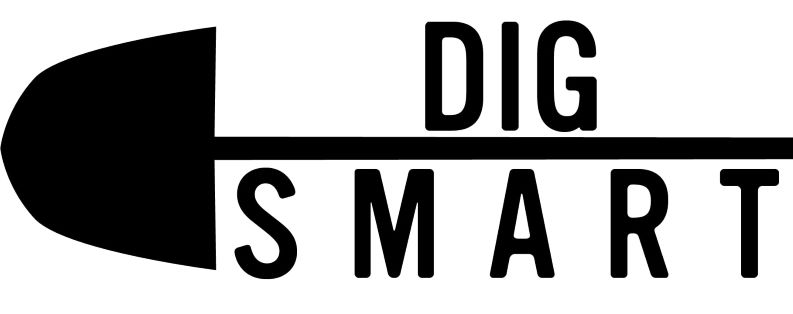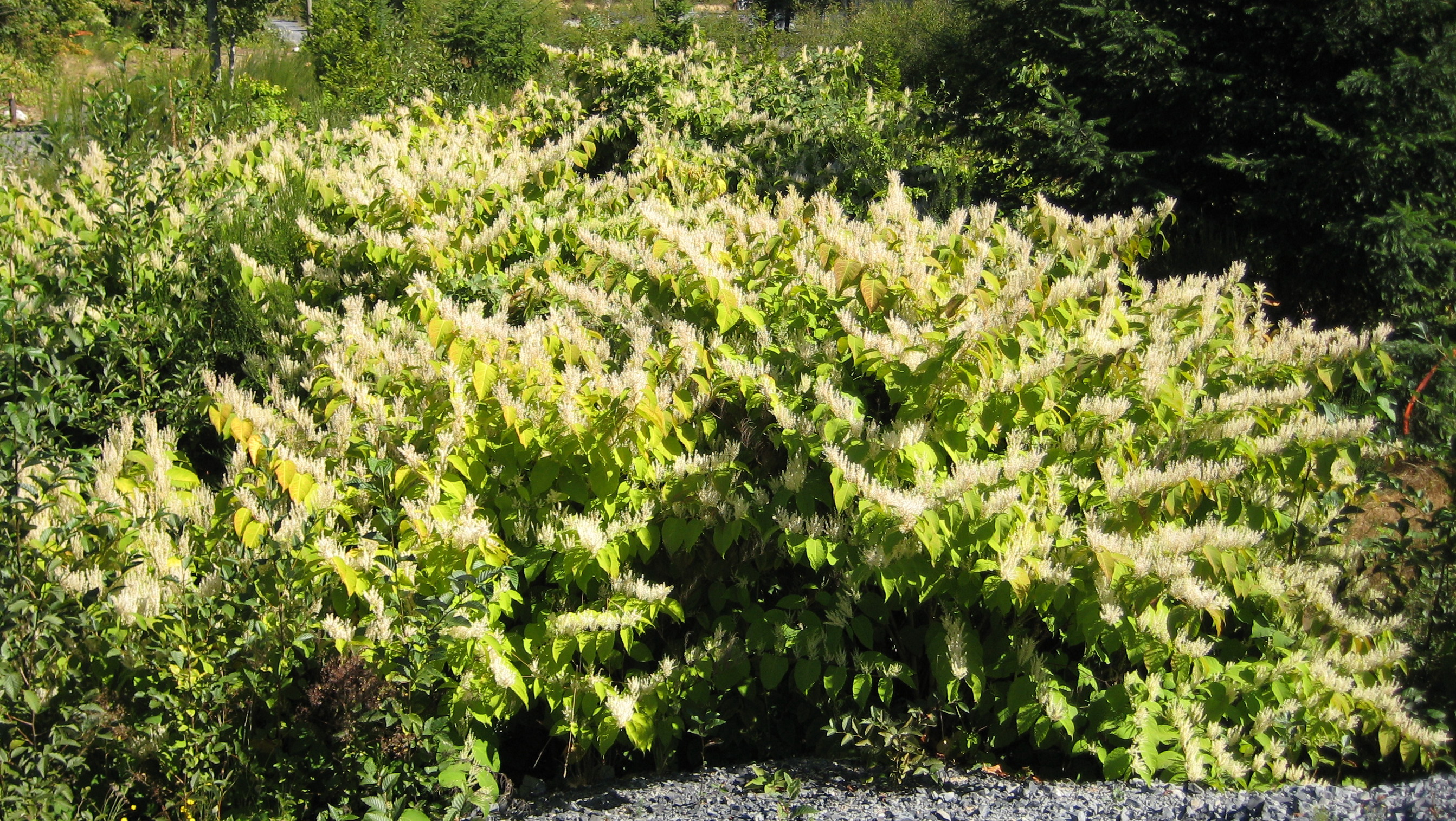
Did you know that moving soil could transport invasive species?
What are invasive species?

Scotch Broom outcompetes native plants, creating large monocultures. These large thickets increase fire loads, thereby escalating wildfire intensity.
Invasive plants are plants not native to our region that tend to grow rapidly, forming monocultures and outcompeting native species.
Second to habitat loss, invasive plants and animals are the most significant threat to biodiversity. Invasive plants can alter water flow and lead to erosion or reductions in available water, create and increase fire hazards, damage roads and other built structures, contain substances that are toxic to humans and animals, and reduce crop yields.
Why care?
Invasive plants can spread when soil or fill (containing seeds, root or stem fragments) is moved from place to place.
Seeds and even some invasive plant fragments have the ability to generate new plants, so moving soil or fill can move invasive plants, and using infested soils as truck ballast and depositing it in remote areas is an extremely risky behaviour.
Similarly, selling and transporting soil or fill contaminated with invasive plant parts/seeds can start new infestations of invasives in the location where the materials are deposited.
How you can help
Know your soil/fill
- Prevention is the best defense when it comes to managing invasive species. Inspect the area to be excavated as well as the adjacent areas, as root material, or seeds may have entered the excavation zone from nearby infestations.
- Do not move or transport soil or fill that contains invasive plants.
- Scrape the top layer off, removing any vegetation, before excavating an area.
Clean equipment before & after use
- Plant seeds and fragments can also ‘hitch hike’ in mud stuck to truck bodies or tires.
- Before leaving the loading and receiving site, make sure you inspect and clean the transport vehicle. Before each round trip, clean the interior of the box to ensure you avoid transporting invasives.
Be aware of regulations related to movement of soil, and know when you need a permit
- The Squamish-Lillooet Regional District (SLRD) has recently adopted a bylaw prohibiting the deposit or removal of soil within the Regional District (except in accordance with the bylaw).
- A permit is not required if the removal or deposit of soil is less than 10 cubic metres, is related to a valid building permit, or is being relocated within the boundaries of the same parcel.
- The bylaw also prohibits the deposit of other material on any land witihin the Regional District without a permit. You can find more information here.
- Moreover, several local jurisdictions, including the Squamish-Lillooet Regional District (SLRD), have adopted bylaws prohibiting the composting of invasive plant waste. Invasive plants must be bagged and disposed of in the invasive species bin at the landfill or through the household waste stream, and are subject to the same volume limits as other household waste. More information is available here, as well as on our website.
Revegetate disturbed sites
- Most invasive species establish on sites where the soil has been disturbed, and the invasives spread further from there.
- Plan ahead and revegetate sites quickly, and consider establishing an interim crop (e.g., seed with grasses) that will ultimately be replaced by the final landscaping or planting.
Learn to identify invasive species
- Knowledge is power – learn about the invasive plants present in your area and how to help prevent their spread
- SSISC highly recommends that all landscaping, horticulture, earth moving and landscape supply companies be trained in the identification and management of invasive plants.
- SSISC offers training through our Invasive-Free Certification Program.
Monitor dump sites
- Keep an eye on the sites where ballast loads have been deposited, and monitor for any invasive plant growth. This is required for several months or ideally years after the soil is deposited.
- Contact SSISC if you notice any invasive species new growth, or for any plant species you are unsure of.
- One way to do this is to take pictures at regular intervals (monthly, for instance) and send them to SSISC.
If you are transporting soils containing invasive plant parts for disposal, please ensure your load is contained
- When it comes to plant debris, a normal rock screen that covers the box of a dump truck for transport is not enough to prevent flying debris, so you may be spreading invasives as vibrations and wind free plant fragments during transport.
- Heavy tarpaulins that cover the top of the box are required to ensure fragments are not spread.
Species to look out for

Japanese Knotweed is a perennial plant that grows aggressively and spreads extremely quickly.
It reduces biodiversity and degrades wildlife habitat by forming dense thickets that shade out native vegetation. When the above ground vegetation dies off in the winter, the soil is exposed to erosion and fragments of root break off to float downstream, forming new infestations.
Knotweed is able to grow through built structures including concrete, causing significant damage and loss of property value. What’s more, a small fragment of stem or root can re-grow a new plant, making control particularly difficult.
Learn more about knotweed here.

Scotch Broom grows particularly well in disturbed soils and can produce up to 42,000 seeds per plant that are viable in the soil for up to 80 years, making it an aggressive spreader.
It prevents forest re-growth by outcompeting conifer seedlings. Dense infestations obstruct sightlines on roads, limit the movement of wildlife and humans, and escalate wildfire intensity by increasing fuel load.

European Fire Ants have been found in the lower mainland, Fraser Valley and Vancouver Island for nearly a decade. They are very small and thin, and reddish-brown in colour.
Their nests are located beneath ground in soil and mulch, along plant roots, in lawns, under rocks and logs, and in decaying wood or other rotting debris.
European Fire Ants are aggressive and tend to swarm when disturbed. Their painful stings render gardens, lawns and parks unusable by residents, the public, and animals.
You can learn more about Fire Ants and their control in Metro Vancouver’s Best Management Practices document.
Regulations
The Squamish-Lillooet Regional District (SLRD) and the Resort Municipality of Whistler (RMOW) both have bylaws in place that require a permit to move or deposit soil within their respective boundaries.
- In the SLRD, a permit is not required if the volume of soil deposited or removed is less than 10 cubic metres. More information about the bylaw is available on the SLRD website.
- In Whistler, a soil removal/deposit permit is required if the volume of soil being removed or deposited exceeds 200 cubic metres. More information is available on the RMOW website.
A soil removal bylaw is currently being drafted for the District of Squamish. As it stands, the villages of Lions Bay and Pemberton don’t have soils movement bylaws.

A new Knotweed plant can grow from a tiny root or stem fragment in soil or fill. Knotweed’s extensive root system can damage roads, foundations and drains.
Resources
- Digsmart factsheet for earthmovers and excavating companies
- Digsmart factsheet for landscape supply stores
- Best Management Practices for Soil Management and Disposal (Invasive Species Council of BC)



